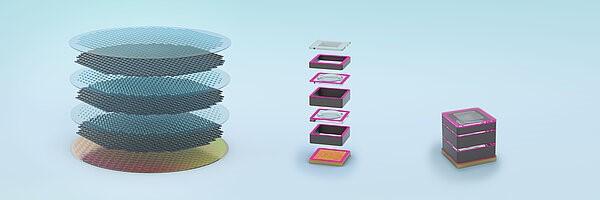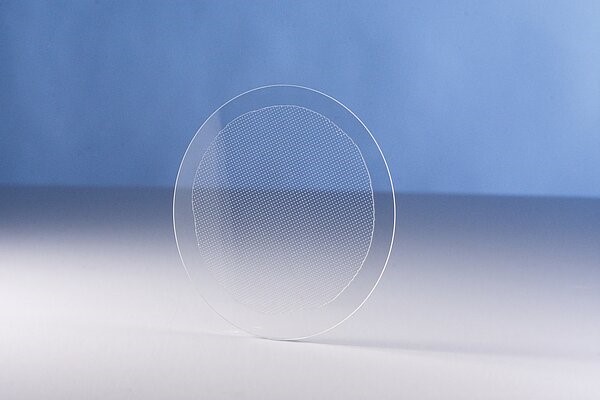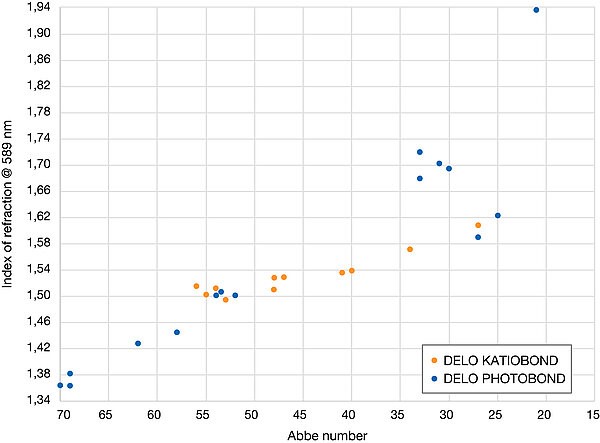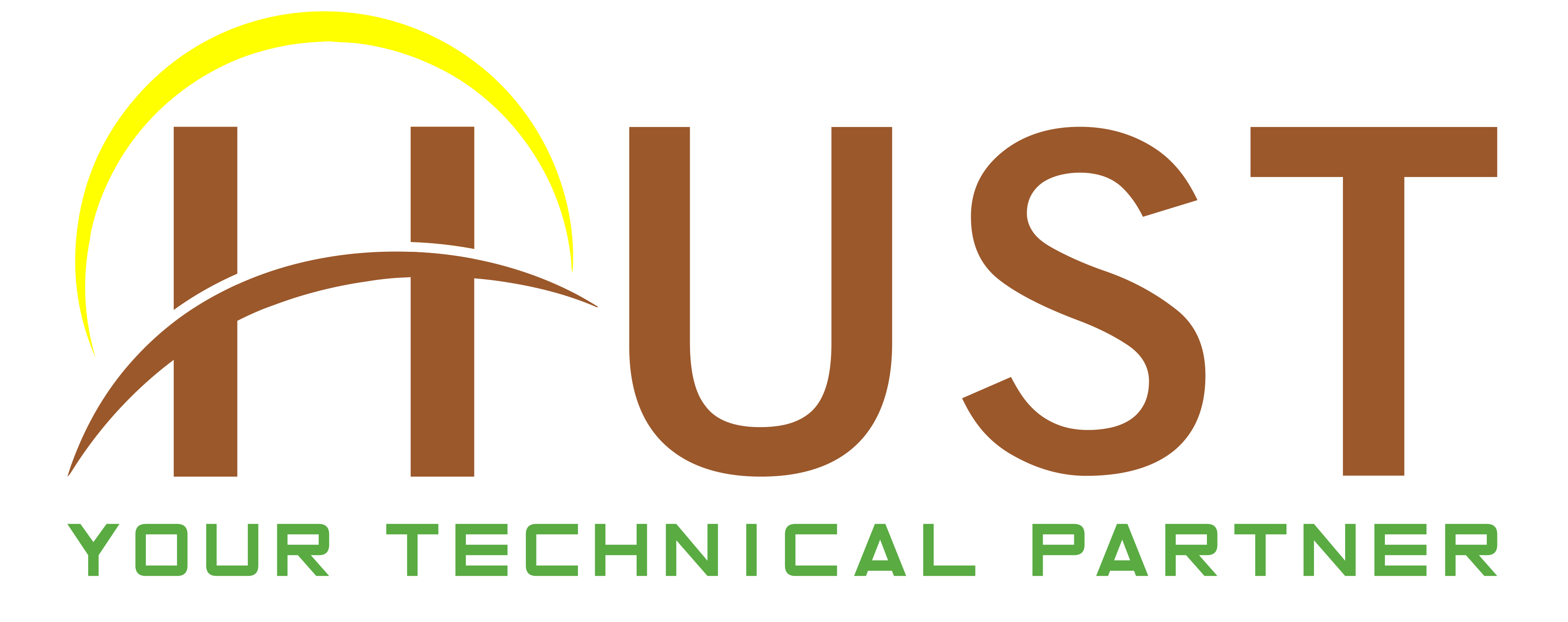
DELO adhesive is used to make flash lenses for smartphones
11:53 - 27/09/2023
DELO's optical materials are also used to produce microlenses and diffractive optical elements (DOE) which are used in the flash module of smartphone cameras or as microlens arrays in projection systems.
In addition to the tou
Cheaper and simpler micro-optics production
Adhesive for chip RFID in the smart card
ICA, ACA and TCA adhesives: Classification and applications
DELO ADHESIVES - HIGH SPEED CARRIER BONDING
Optoelectronics
Optical materials and adhesives play a key role in the development and production of wafer-level optics. They are not only used to secure and protect optical elements such as sensors or LEDs. DELO's optical materials are also used to produce microlenses and diffractive optical elements (DOE) which are used in the flash module of smartphone cameras or as microlens arrays in projection systems.
In addition to the toughness, optical materials, and optical adhesives must also display thermal and UV stability, low outgassing, and low shrinkage. DELO offers an extensive range of specially adapted adhesives for these requirements

Material solutions for wafer-level micro-optics
Micro-optics and nanostructures are key technologies for the latest miniaturized optoelectronic components in smartphones, smart glasses, and vehicles. Examples used in consumer electronics include microlenses in time-of-flight or ambient light sensors, diffractive optical elements (DOE) for structured light generation, and surface relief gratings with nanometer precision in diffractive waveguides that enable new applications like 3D sensing or augmented reality glasses.
In vehicles, this technology is also used in microlens-based ultra-compact projection systems for headlamps or decorative and functional lighting applications that can be integrated anywhere in a car.
Optically transparent imprint materials
UV-curable polymers are increasingly used for mass production of optical elements via nanoimprint lithography. A matching index of refraction, high transmission, and balanced thermo-mechanical behavior, paired with an overall excellent reliability, are their most important features.
DELO’s optical-grade materials offer almost complete freedom of design, enable complex device architectures, and are easy to fabricate at the same time.
Properties:
- High resistance to yellowing at elevated temperatures, especially in reflow processes
- Very high transmission in the visible range
- Low outgassing
- Very low shrinkage
- Excellent adhesion to glass and simultaneous debonding from stamp materials
- Halogen-free (IEC 61249-2-21)
- A broad range of refractive indices is available
Applications:
- Microlenses for sensing applications, e.g. Time-of-flight, ambient light sensing
- Microlens arrays (MLA) for projection devices
- Microlens arrays (MLA) for automotive headlamps
- Diffractive optical elements (DOE) for structured light generation (3D sensing)
- Diffractive optical elements (DOE) for flood illumination/diffusor applications
- Diffractive optical elements (DOE) for AR waveguides


Optically functional materials
UV imprint of single optical elements is just a small aspect of wafer-level optics. Its true power comes into play when full optical systems are manufactured in parallel on wafer-level.
Besides the optical elements such as lenses or DOEs, an optical system needs additional components, for example, spacers, apertures, and housing.
Wafer-level optics deals not only with fabricating each single element but also with stacking these elements to form the full system.
Applications:
- Package sidewalls
- Light-blocking apertures
- High optical density coatings
- Defined light diffusion
- Spectral filtering

